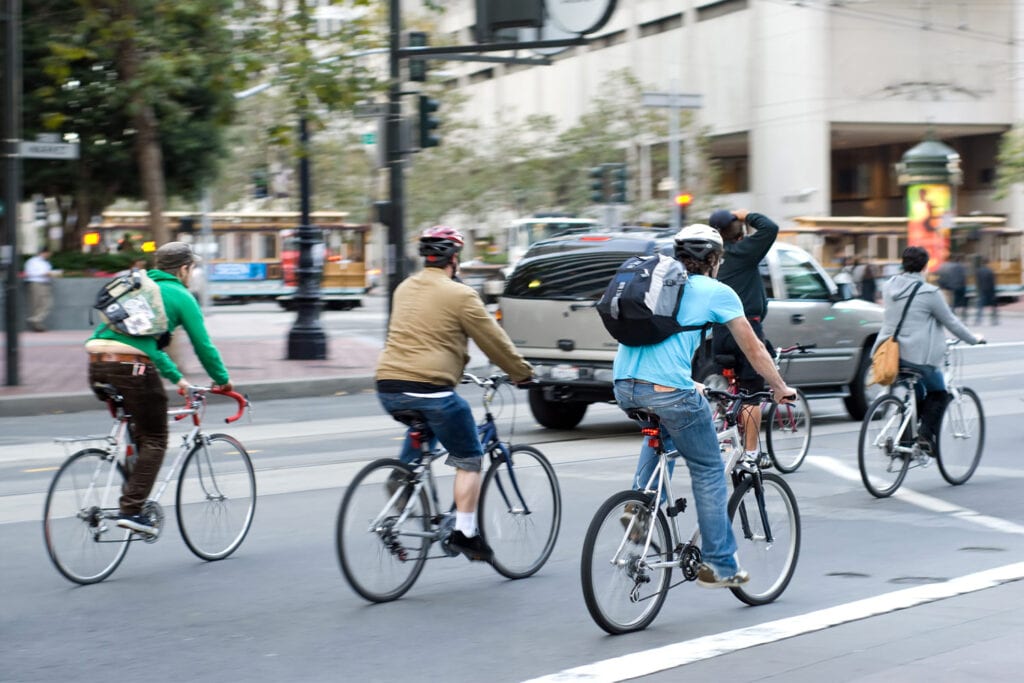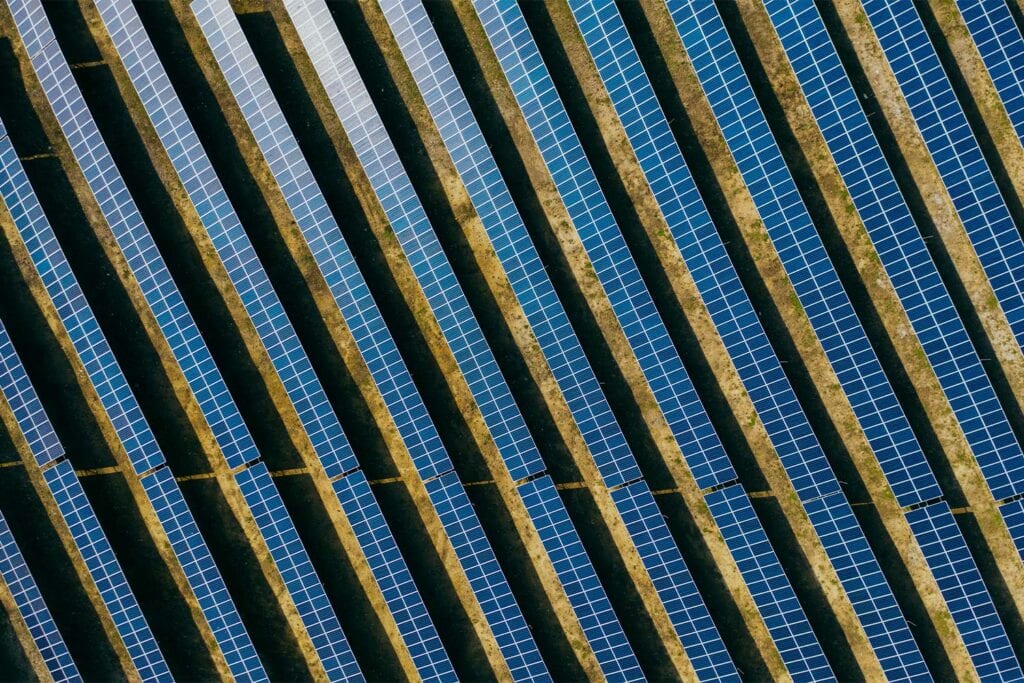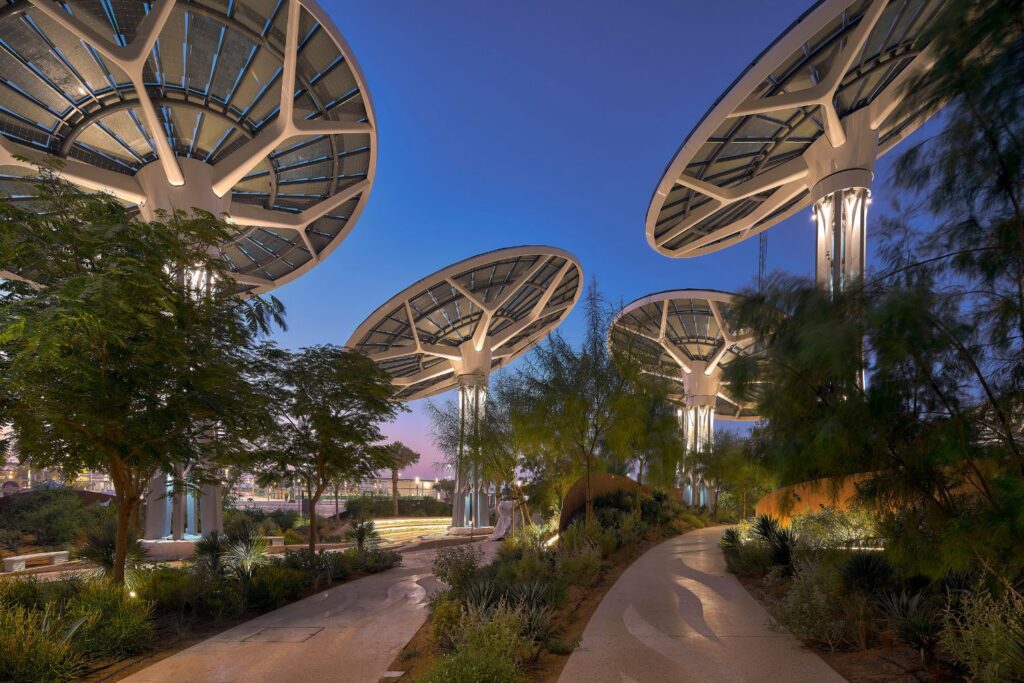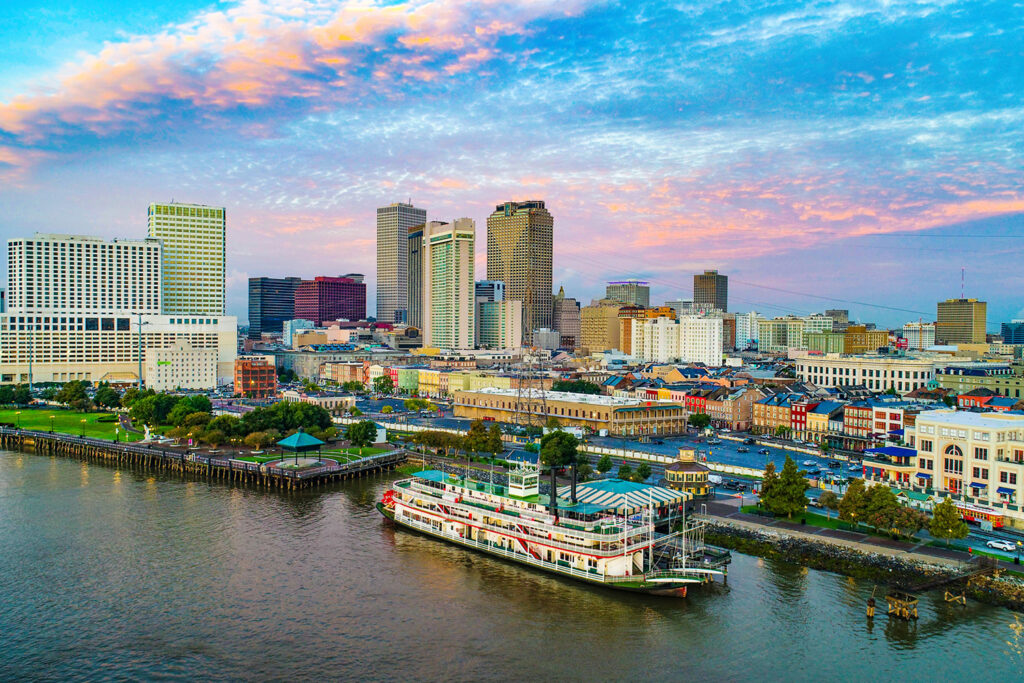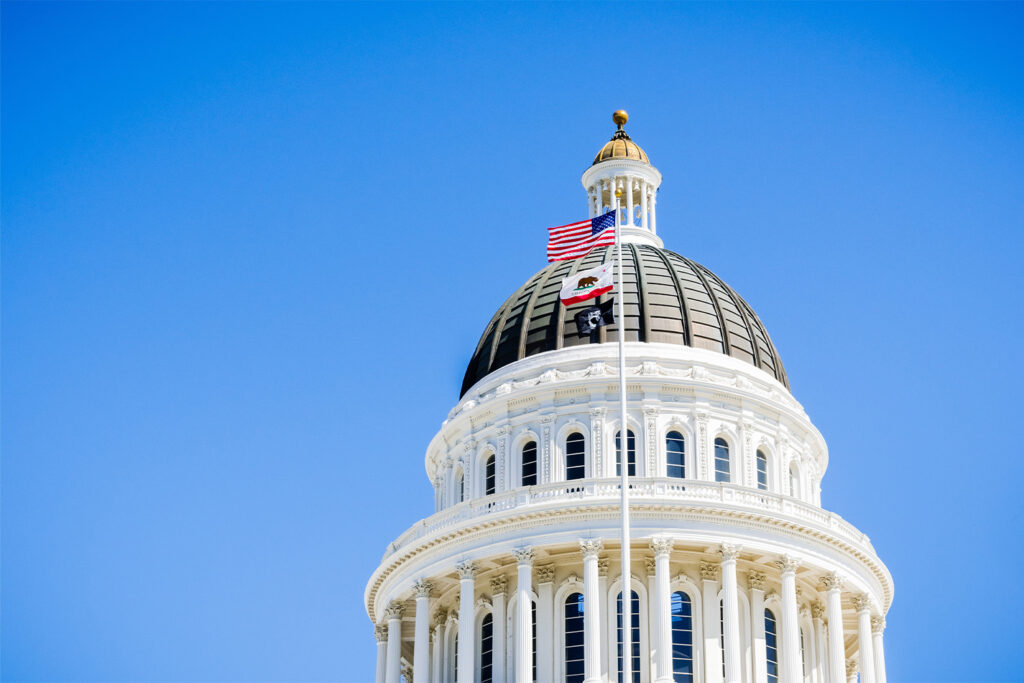Our vision for a regenerative ecosystem
At Buro Happold we recognise that bringing about the scale of change required to meet the climate and biodiversity crises, at the speed required to avert ecological and social disaster, requires – at its heart – collaboration.
The challenge we face is not individual, but collective and systemic. The solution therefore must also be collective and systemic. As all of the projects and initiatives contained within our Global Sustainability Report attest to, our greatest achievements come from working together across disciplines within Buro Happold and with our clients, collaborators, and stakeholders across the industry and beyond.
Our vision for the future is for a regenerative ecosystem – both natural and built – that provides suitable habitats for humans and non-humans alike.

We recognise that this presents a huge challenge and that the changes that we must all make – to our own behaviour, to our infrastructure, and to our global economic systems – must be significant if we are to make a just transition.
A call to place our efforts into restoring habitats – human and non-human – into reconfiguring our built fabric to meet community needs, into reversing harm done to ecosystems, and into rekindling the relationship between the built and natural environments. We believe that this process calls not for an unmitigated dismantling of our current systems, but a building of new systems: new infrastructures to facilitate the huge collective project we have at hand.
We recognise the connection with our economy and so ask: what should our economy be for if not to facilitate the circulation of resources, the distribution of opportunity, and to improve the quality of life for all? We believe that with the just transition to a regenerative ecosystem there is a just transition to a regenerative economy that serves our collective needs: that enables this restorative project with the billions of “green collar jobs” required for it and in so doing brings about prosperity for all.
We look back to our beginnings at Buro Happold, set up as a partnership of eight focused on lightweight, nature-inspired structures. This points us to two crucial seeds: one in collaboration and shared governance, and one in the bravery to develop new solutions coupled with the humility to look to nature.
We recognise that our history since our inception has taken us – as it has taken the industry as a whole – into territory not always in keeping with planetary limits. It would be disingenuous to say otherwise. But we also recognise that this is the case because the challenge we face is systemic: that for the last few decades, our globalised society has been centred around an industrial and economic system that was not suited to living within our environmental means.

But collective action is now leading to exciting and significant change. We are all on a journey as understanding and capacity evolves and we see Buro Happold and our networks as an important and positive force in this shift.
We invite all our clients, collaborators, and stakeholders to work with us in developing our vision for a just transition to a regenerative ecosystem. We believe that by coming together with a shared goal and through collaboration with genuine openness to change, we will realise that vision. We recognise that this is an extraordinary challenge that confronts almost every aspect of what we do in some way, but we remain optimistic and ambitious, and to quote Nelson Mandela: “it only seems impossible until it is done.”
By “regenerative” we mean a system that works with respect to natural cycles, taking only as much as can be replenished. By definition, a regenerative environment operates within ecosystem limits and not only mitigates against climate and biodiversity collapse but reverses harm and restores habitats for all.
This means reducing the extraction of raw materials and instead implementing a circular economy where materials are recovered, refurbished, and reused. This requires that industry shifts its energies away from extracting and creating products from virgin materials, and instead places its efforts on refurbishing existing buildings, reclaiming materials from demolition works, and remanufacturing products to create a habitat fit for the future. The emphasis moves from take-make-dispose to reconfiguring and redistributing.
This means reducing our energy use while at the same time increasing our renewable energy production so bringing our energy consumption in line with our green energy capacity. Buildings account for around 30% of energy use globally and so there is a great deal to be done to refurbish and upgrade energy inefficient homes and buildings. This of course also tackles fuel poverty, air pollution, and a myriad health conditions associated with damp cold homes.
This means respecting biological cycles such as water cycles, carbon cycles, and nutrient cycles, and acknowledging the impact of the built environment on habitats. As 40% of the world’s people live in farming areas facing water shortages and at once extreme weather events and sea level rises present unprecedented flood risk management challenges, we need to implement engineering and nature-based solutions to ensure a sustainable water cycle.
As our global emissions continue to rise by 2-3% a year, close to 40% of which is attributable to buildings and construction, we must urgently shift our industry’s processes away from carbon intensive activities and towards carbon sequestering and storage such as through sustainable forestry. As degrading soil health threatens the food security of us all, we must also recognise the impacts of an extractive construction industry on land-use and seek to restore our landscapes both urban and rural and reverse habitat loss and degradation.

